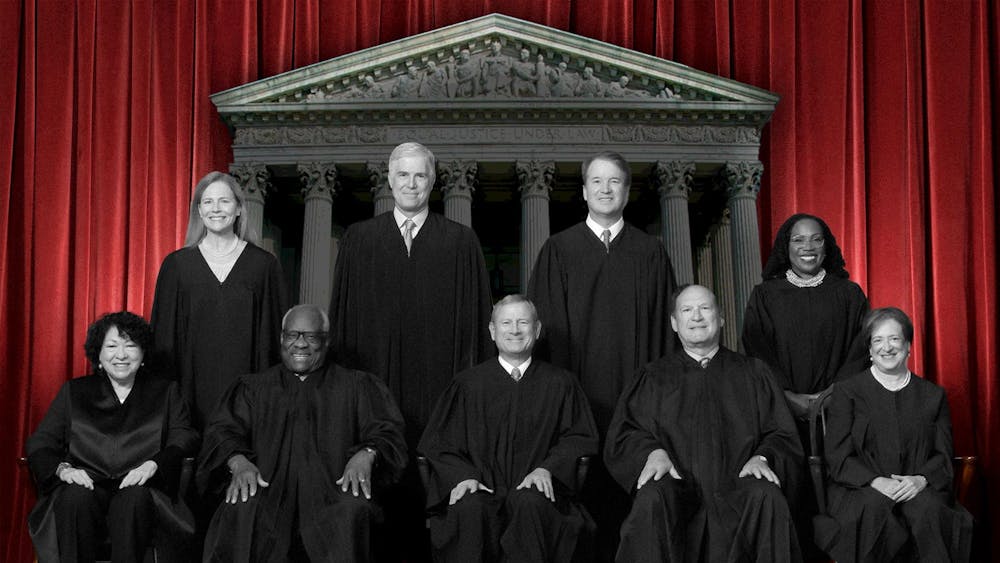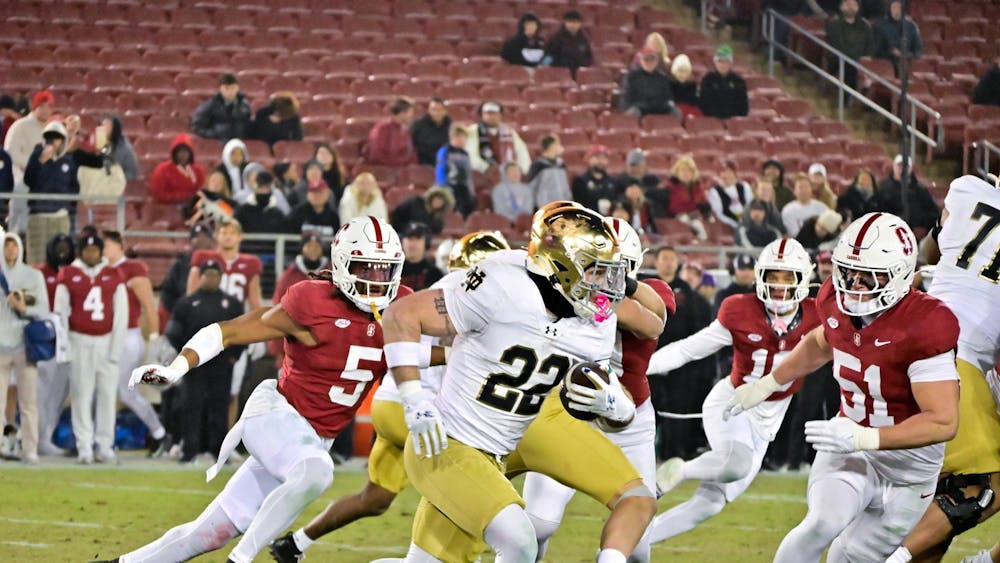In the 2016 Dreamworks film “Trolls,” there is a character named Bridget.
In the world of “Trolls,” there are two species: trolls and bergens. Bridget is a bergen. She is small and purple-skinned with green freckles, pointy ears and a crooked smile. She wears a ratty apron and pigtails.
For the most part, Bridget is a great character and one that the audience sympathizes with. She has a dream of love and a lack of confidence standing in her way. The audience watches her transform, gain confidence and, most importantly, risk her own safety to free the trolls from harm.
In Bridget’s first appearance, she mops a floor in the background as she pines for Prince Gristle, her seemingly unattainable crush.
Other than Bridget, there are very few characters with human names, like Cooper and DJ Suki. The characters largely have names that correspond with the fantastical, sparkly world of “Trolls,” like Princess Poppy, Guy Diamond and Mr. Dinkles.
So, why name the maid Bridget? Not only is Bridget a real, human name, but it’s also a name steeped in political and historical meaning for Irish and Irish-American people.
If one of the trolls or bergens who was not a maid was called Bridget, it would not be so provocative, but it's Bridget’s profession that makes her name choice questionable.
As a result of the Great Famine in Ireland during the mid-19th century, a large number of Irish immigrants arrived in the U.S. and took on domestic service and industrial jobs.
The “Irish Bridget” became a stereotype for domestic servants and Irish women in America in the mid-1800s.
According to Margaret Lynch-Brennan, author of “Bridget in Philadelphia: The Servant Girl,” the name Bridget became synonymous with Irish immigrant girls working in domestic service, particularly as maids, cooks and nannies.
The name Bridget was not only used to refer to Irish immigrant women, but to vilify them and paint them as “the other.”
Bridget was constructed by popular humor magazines, vaudeville stages and American cinema from 1895 to 1917, according to Peter Flynn, author of “How Bridget Was Framed: The Irish Domestic in Early American Cinema.”
Bridgets worked in middle-class American homes who were able to afford house staff. However, the very people who hired them feared them and held them in disdain.
At the time of the Irish Potato Famine, many Irish-Catholic families had a large number of children but were only able to provide a dowry for one. As a result, many daughters went to America in search of work and a husband.
Many of these women and girls had no family present in America. In “Trolls,” there is no mention of Bridget having any family or friends. Her affection for Prince Gristle seems to be her main motivation for much of the film.
This longing for friendship and love by Irish women caused immense fear and judgment from Americans. Flynn said, “For many, marriage presented the only realistic opportunity to escape the grueling work of domestic service, and consequently the quest for romance took on an added urgency, even obsessiveness.”
In “Trolls,” we can see Bridget being painted as obsessive and emotional. In one scene, when Bridget takes away Prince Gristle’s plate, she hugs his half-eaten chicken wing, and in her room she has a wall dedicated to her love for Gristle, covered in photos in which she taped him and her together.
In “Trolls,” Bridget’s boss does not even give her the respect of calling her Bridget; instead, she refers to her as “Idget,” which further makes Bridget “the other.”
Bridget also undergoes a makeover in which she transforms her entire look to become what her voice actress, Zooey Deschanel calls a “more sophisticated lady,” known as Lady Glitter Sparkles. When Bridget goes by her own name, she is not viewed as sophisticated or respectable by the bergens because she is a maid.
The objective of the movie “Trolls” is in no way to promote stereotypes about Irish people. In fact, the movie is entertaining and uplifting. But naming the maid who lives in the basement, is obsessed with the man in who's house she works, wears dirty clothes and lacks social skills, Bridget, is an egregious choice. This choice could have easily been avoided by a quick look into the history of the name Bridget.
Erin Drumm is a senior at Notre Dame studying American Studies, journalism and history. She is from Philadelphia and spends her summers (and every weekend possible) at the shore in Cape May County, New Jersey. Outside of The Observer, Erin can be found cheering on the Fighting Irish and the Phillies, reading and talking about pop culture and history. She can be reached at edrumm@nd.edu.
The world of ‘Trolls’ is sparkly, colorful and anti-Irish?
The views expressed in this column are those of the author and not necessarily those of The Observer.









